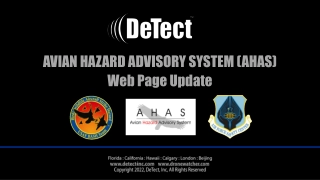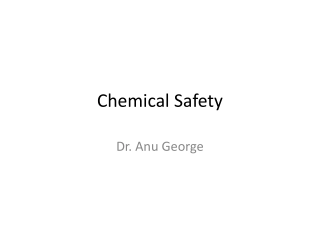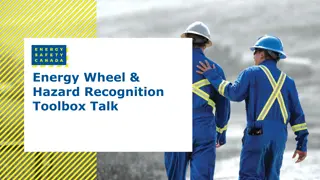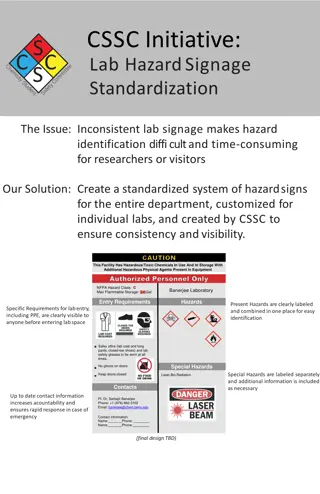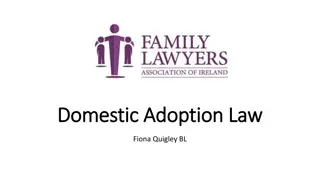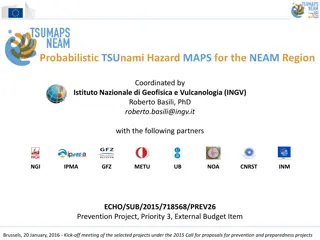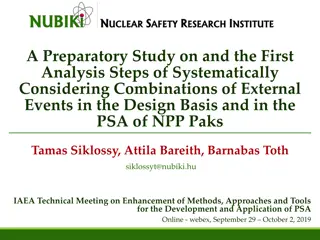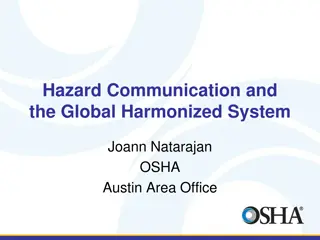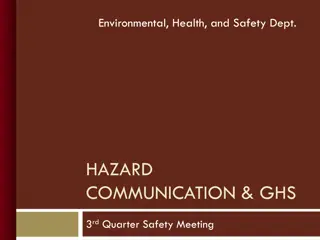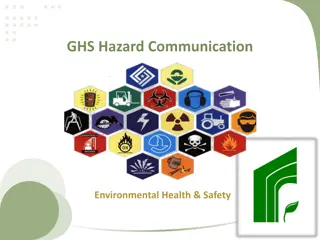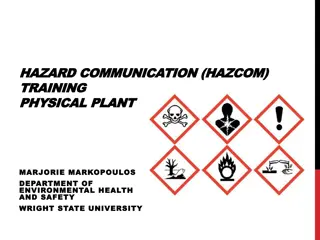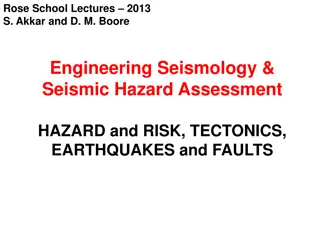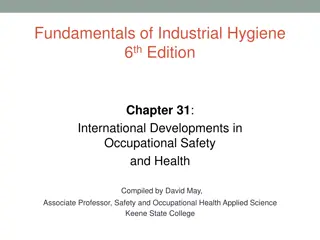Overview of GHS Adoption in Hazard Communication Standards
Hazard Communication, GHS, Chemical Safety, Workplace Safety
Download Presentation

Please find below an Image/Link to download the presentation.
The content on the website is provided AS IS for your information and personal use only. It may not be sold, licensed, or shared on other websites without obtaining consent from the author.If you encounter any issues during the download, it is possible that the publisher has removed the file from their server.
You are allowed to download the files provided on this website for personal or commercial use, subject to the condition that they are used lawfully. All files are the property of their respective owners.
The content on the website is provided AS IS for your information and personal use only. It may not be sold, licensed, or shared on other websites without obtaining consent from the author.
E N D
Presentation Transcript
HazCom HazCom 2012 Intro and Overview to Intro and Overview to Adoption of GHS in U.S. Adoption of GHS in U.S. 2012
Course Objectives Understand background of GHS and Hazard Communication Standard changes Review major changes to the Hazard Communication Standard Identify effective dates and summarize filename -2
GHS History UN Conference on Environment & Development (UNCED), in 1992, in Brazil A globally-harmonized hazard classification and compatible labeling system, including material safety data sheets and easily understandable symbols, should be available, if feasible, by the year 2000
GHS HazCom 1983 gave workers right to know; new Globally Harmonized System gives workers right to understand
GHS isnt Model regulation or standard that can simply be adopted Is framework Has criteria or provisions & explanatory text Countries & authorities will choose those parts of system that apply to sphere of regulation & prepare implementing text consistent with own requirements
GHS is Comprehensive tool that harmonizes chemical classification & hazard communication Framework that covers all hazardous chemical substances, dilute solutions & mixtures Classification based on hazard properties of chemical
GHS is Common & coherent approach to defining & classifying hazards, & communicating information on labels & safety data sheets Target audiences include workers, consumers, transport workers, & emergency responders Provides underlying infrastructure for establishment of national, comprehensive chemical safety programs
HAZARD COMMUNICATION REQUIREMENTS Site Specific Written Program Chemical Inventory MSDSs/SDSs Labeling Non-routine Tasks Contractors Training
HazCom 2012 Changes to HazCom bringing US into alignment with Globally Harmonized System of Classification and Labeling of Chemicals (GHS), further improving safety & health protections for America's workers Building on HazCom 1994, GHS expected to prevent injuries & illnesses, save lives & improve trade conditions for chemical manufacturers
Benefits of HazCom 2012 New standard covers >43 million workers who produce or handle hazardous chemicals in >5 million workplaces Expected to prevent >500 workplace injuries & illnesses & 43 fatalities annually Enhance worker comprehension of hazards, especially for low & limited-literacy workers, reduce confusion, facilitate safety training, & result in safer handling & use of chemicals Provide workers quicker & more efficient access to information on SDSs Cost savings >$475 million in productivity improvements, fewer SDS & label updates & simpler new hazcom training Reduce trade barriers by harmonizing with systems around world
HazCom 2012 Old standard allowed chemical manufacturers & importers to convey hazard information on labels & MSDSs in any format New standard provides single set of harmonized criteria for classifying chemicals according to health & physical hazards & specifies hazard communication elements for labeling & Safety Data Sheets
Hazcom 2012 Labels Use pictograms (help address literacy issues), signal words & hazard statements Same information & language for same hazard MSDS/SDS Harmonized format Hazard information in consistent & prescribed locations
Labels Labeling provisions biggest difference between HazCom & GHS HazCom Standard is performance-oriented GHS uses harmonized pictograms, hazard statements & signal words for specific hazards Specific approach will require all labels to be modified to comply Chemical manufacturers & importers must provide label that includes signal word, pictogram, hazard statement, & precautionary statement for each hazard class & category
SDS Format: 16 Headings Identification Hazard(s) identification Composition/information on ingredients First-aid measures Fire-fighting measures Accidental release measures Handling & storage Exposure control/personal protection Physical & chemical properties Stability & reactivity Toxicological information Ecological information Disposal considerations Transport information Regulatory information Other information
HazCom New standard still requires chemical manufacturers & importers to evaluate chemicals produced or imported & provide hazard information to employers & workers by putting labels on containers & preparing Safety Data Sheets
Effective Completion Date Requirement(s) Who 12/1/13 Train employees on new label elements & SDS format Employers 6/1/15 Compliance with all modified provisions of this final rule, except: Chemical manufacturers, importers, distributors & employers 12/1/15 Distributors may ship products labeled by manufacturers under old system until 12/1/15 6/1/16 Update alternative workplace labeling & hazcom program as necessary, & provide additional employee training for newly identified physical or health hazards Employers Transition Period May comply with either 1910.1200 (final standard), current standard, or both Chemical manufacturers, importers, distributors & employers
Summary No change in emphasis on labels & SDS Changes in format/content of labels & SDS Training mandates by 12/1/13


